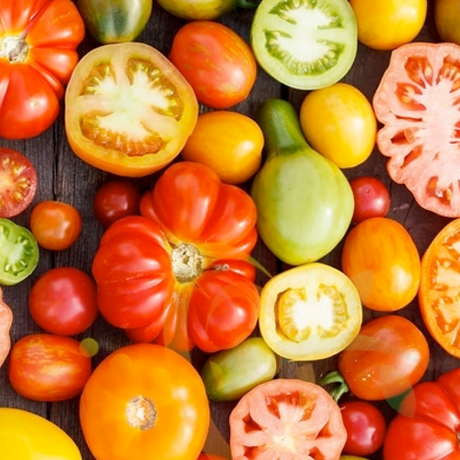After reading this page, make sure to read: Materials to Use for Mulch
What is Mulch?

Mulch is any material that you spread over the soil to protect the soil from erosion, conserve moisture, and keep weeds from growing.
Materials used for mulching can be:
- Natural, such as leaves and straw
- Processed natural materials, such as newspaper and cardboard, or
- Manufactured materials such as plastic and landscape fabric (a material also made of plastic, but much more durable than ordinary plastic).
Mulch can also increase earthworm activity and protect other beneficial organisms that live on and in the soil. In addition, old mulch that is breaking down and no longer effective as a weed barrier can often be incorporated into the soil, thereby improving the soil’s organic matter content (see soil for a discussion of why this is beneficial).
Mulch is typically used in one of two ways.
You can either:
- Prepare a bed, put mulch on it, and transplant plants through the mulch or
- Prepare a bed, plant seeds into it, wait for the seedlings to get big enough that they won’t be buried by the mulch, and then mulch around them carefully.
Many crops that are grown from seed in the garden never get mulched because it’s just too much trouble to put mulch around them without burying them. Use your hands or a hoe.














































